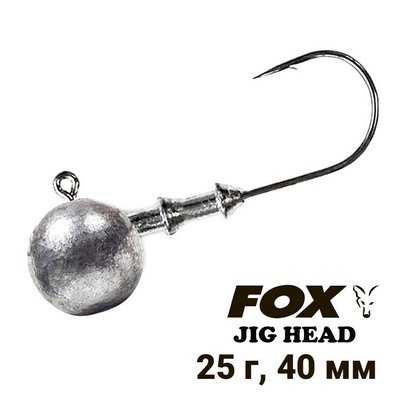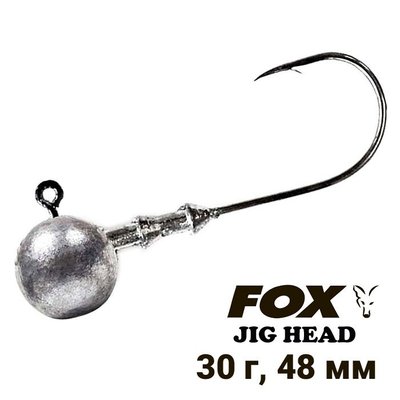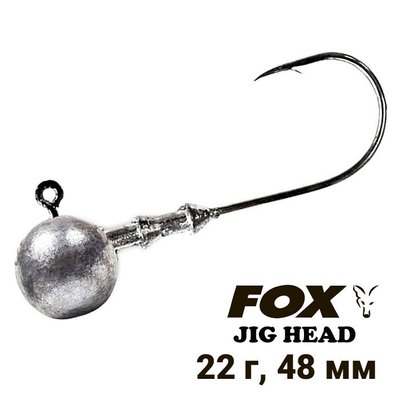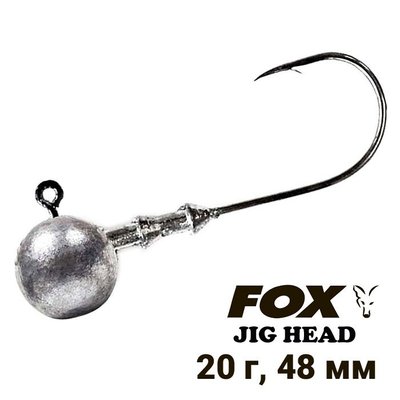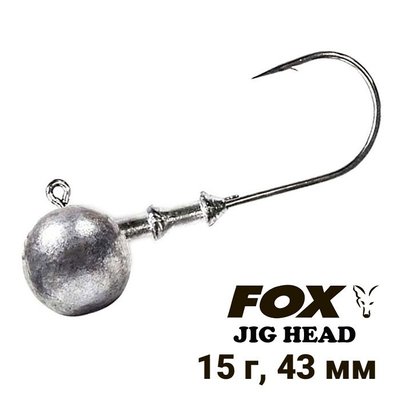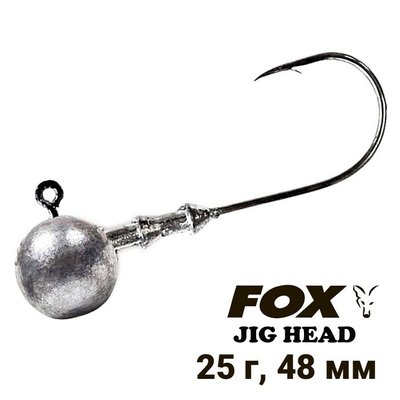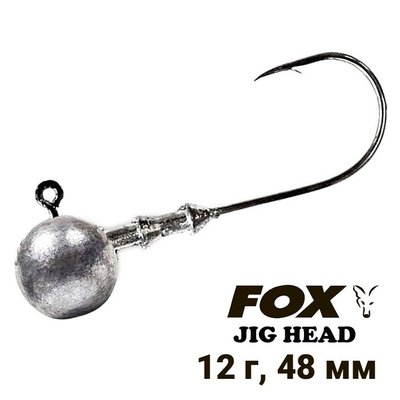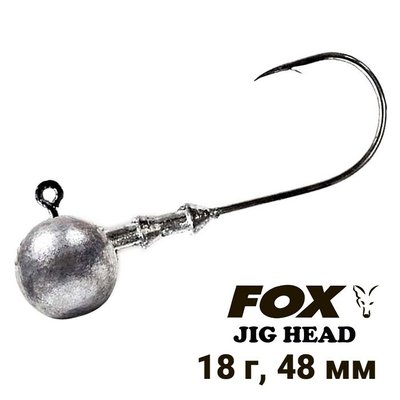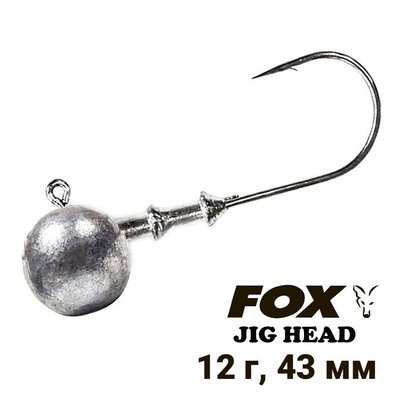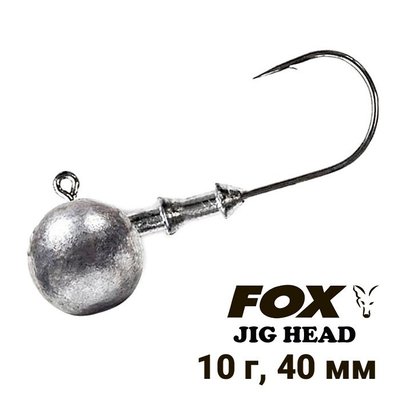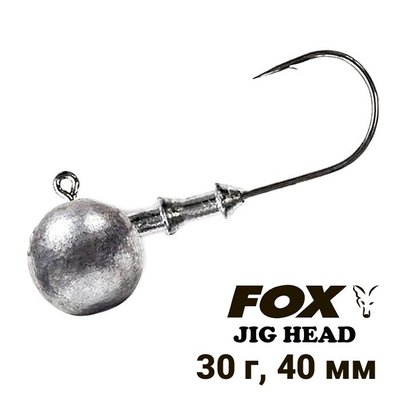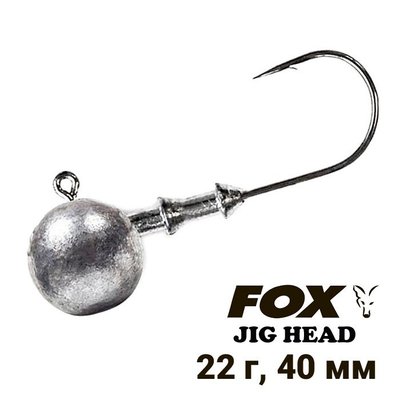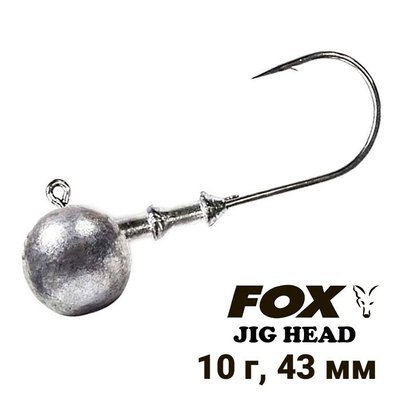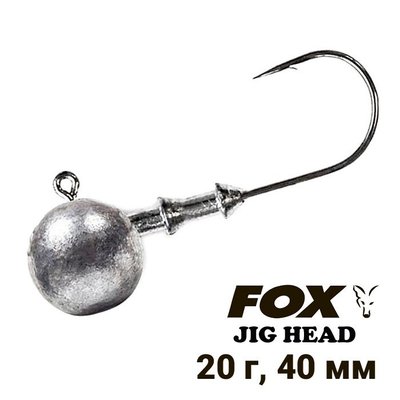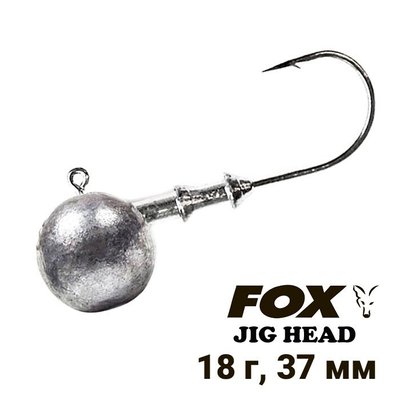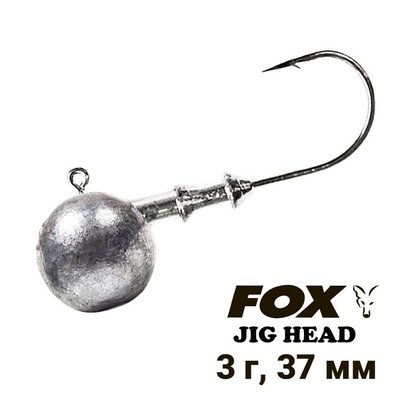|
Quantity
|
Price
|
||
|
|
|||
A jig head (jig head) is a special sinker with a hook that is used for catching fish with jig baits. With their help, you can effectively fish various bodies of water using silicone baits of different shapes and sizes. Jig heads vary in weight, shape, material, size and hook type. Selecting the optimal jig head for specific fishing conditions is an art that requires knowledge and experience.
The shape of the jig head affects its immersion in the water, movement along the bottom and the play of the bait. There are many forms of jig heads, but the main ones can be divided into the following groups:
- The round jig head is the most versatile and common shape, suitable for most lures and fishing conditions. The round jig head ensures good immersion in the water and stable play of the bait.
- Oval jig head - has an elongated shape, which reduces water resistance and increases casting distance. The oval jig head is well suited for fishing on hard and flat bottoms, as well as for lures with a narrow body.
- Conical jig head - has a pointed shape, which makes it easier to penetrate the water and overcome obstacles on the bottom. The conical jig head is suitable for fishing on soft and uneven bottoms, as well as for lures with a wide body.
- Flat jig head - has a flat shape, which increases the contact area with the bottom and creates a rebound effect when fishing. The flat jig head is suitable for fishing on slippery and rocky bottoms, as well as for flat-bodied lures.
The characteristics of jig heads depend on the material, size, weight and type of hook. The material of the jig head determines its density, wear resistance and environmental friendliness. The most common material is lead, which has high density and low cost, but oxidizes over time and can be harmful to the environment. Alternative materials are tungsten and brass, which have lower density and high wear resistance, but are more expensive.
The size of the jig head determines whether it matches the size of the bait and hook. The size of the bait in turn depends on the size and activity of the fish you want to catch. In addition, the size of the jig head affects the speed at which the bait falls to the bottom and its behavior in the water. In general, the larger the jig head, the faster it drops and the more resistance it creates when retrieving. The smaller the jig head, the slower it falls and the easier it moves through the water.
The choice of jig head size depends on several factors: fishing depth, current or wind strength, bottom type and terrain, as well as the type of bait and hook. In general, jig heads from 1 to 5 grams are suitable for fishing at shallow depths (up to 5 meters). For fishing at medium depths (from 5 to 15 meters), you can use jig heads from 5 to 15 grams. For fishing at great depths (over 15 meters), you need jig heads from 15 to 50 grams or more.
The strength of the current or wind also affects the choice of jig head size. The stronger the current or wind, the larger the jig head is needed so that the bait does not drift and reaches the bottom. For example, when fishing on a river with a strong current or on the sea with a strong wind, you can increase the size of the jig head by 5-10 grams compared to fishing in calm water.
Bottom type and terrain also play a role when choosing jig head size. The looser and softer the bottom (sand, silt), the larger the jig head is needed so that the bait does not bury itself in it. The harder and rockier the bottom (crushed stone, shell rock), the less the jig head is needed so that the bait does not get caught on it. In addition, when fishing on uneven bottoms with ledges and holes, you can use a smaller jig head to help the bait follow the terrain better.
The type of bait and hook also determines the size of the jig head. The larger and denser the bait (for example, a large twister or shad), the larger the jig head is needed so that it holds the bait well and does not overload it. The smaller and softer the bait (for example, a small worm or tail), the smaller the jig head is needed so that it does not weigh down the bait and does not interfere with its action.
Jig heads come in a variety of hook shapes and sizes, which affect how effectively they are used. Hooks can be straight or curved, with a wide or narrow bend, with a long or short shank, with a sharp or blunt sting. Each type of hook has its own advantages and disadvantages depending on the fishing conditions, the type of fish and the chosen bait.
Straight hooks provide good penetration into the fish's mouth and secure fixation. They are suitable for catching large and active fish, as well as for using soft silicone baits. Curved hooks have a greater chance of catching on the fish's lip or cheek when biting. They are better suited for catching cautious and passive fish, as well as for using hard baits such as wobblers or spoons.
The wide bend of the hook increases the area of contact with the fish's oral cavity and reduces the likelihood of release. It also allows for the use of bulkier lures, which can attract more fish attention. The narrow bend of the hook facilitates penetration into the hard tissues of the fish's mouth and enhances retention. It also allows for the use of thinner, more delicate lures that can be more natural and discreet.
A long hook shank increases the distance between the tip and the jig head, which can help avoid snagging on grass or weeds. It also provides more room to thread the bait and reduces twisting on the hook. A short hook shank brings the tip closer to the jig head, which can improve the balance and action of the bait. It also ensures a tighter fit of the bait to the jig head and reduces its slippage.
The sharp sting of the hook ensures easy and deep penetration into the fish's mouth with minimal effort. It also reduces the loss of fish during landing. A dull hook point requires more effort to penetrate the fish's mouth, but is less susceptible to wear and dullness. It can also be useful when fishing for fish with hard scales or bones in their mouths.
If you want to buy jig heads for fishing, then you should pay attention to the Rybalka.ua online store. Here you will find a wide range of jig heads from the best manufacturers at affordable prices.
You can choose jig heads for microjig, light, medium and heavy fishing, as well as for sea fishing. Our catalog includes jig heads made of lead, tungsten and brass, with single, double and offset hooks, of different shapes and colors. You can choose jig heads for any bait: from small twisters to large shad.
When purchasing jig heads from the Rybalka.ua online store, you get several advantages:
- You save time and money, you don’t need to go shopping and look for the right product;
- You receive a guarantee of the quality and originality of the product, we work only with trusted suppliers;
- You can use a convenient filter and sorting system to find a suitable jig head according to all parameters;
- You can consult with our specialists by phone or online chat if you have any questions or doubts;
- You can place an order at any time of the day and receive it quickly and safely throughout Ukraine.
Don't miss the opportunity to buy jig heads for fishing in the Rybalka.ua online store at competitive prices and with a quality guarantee. Make your fishing even more fun and productive with the right jig head!

